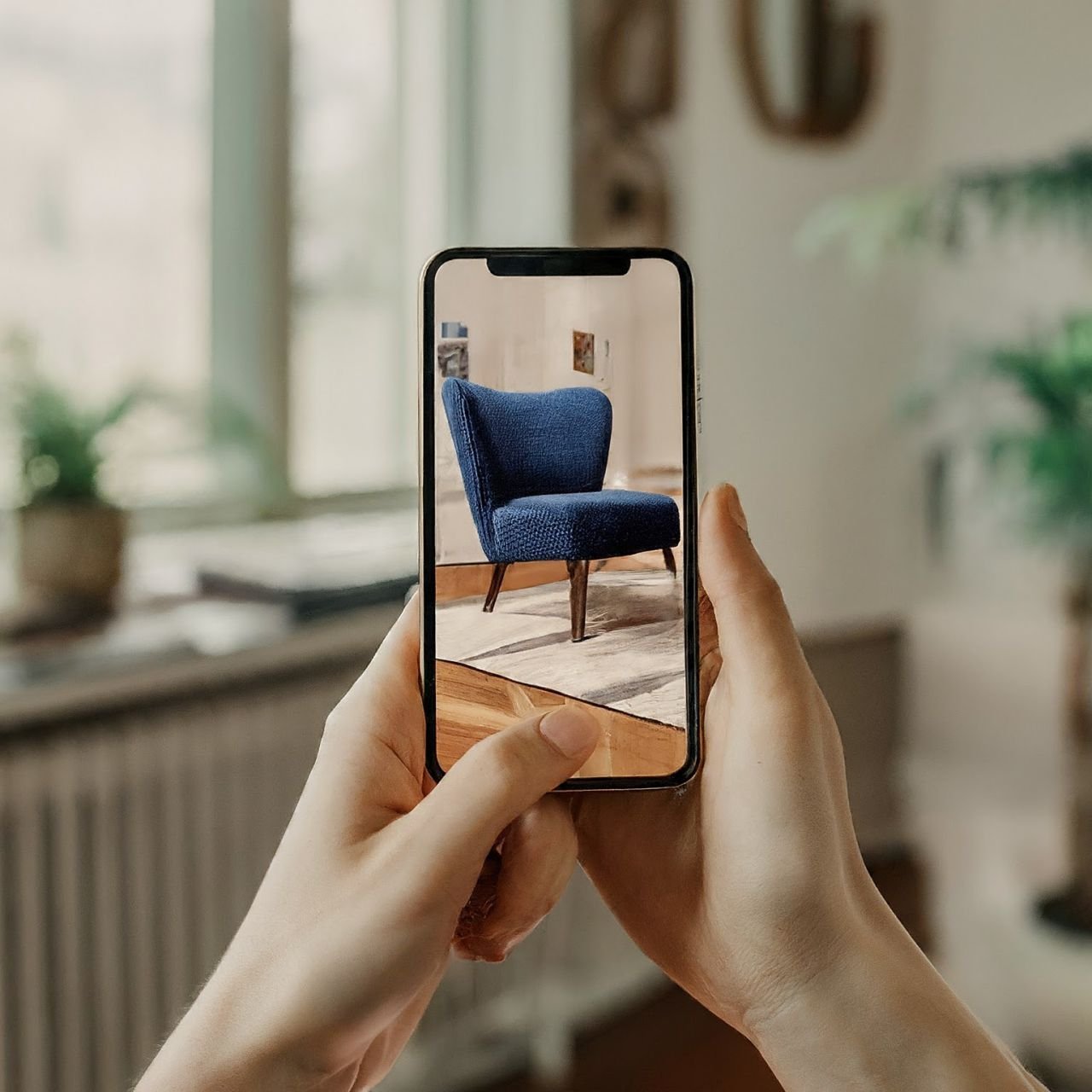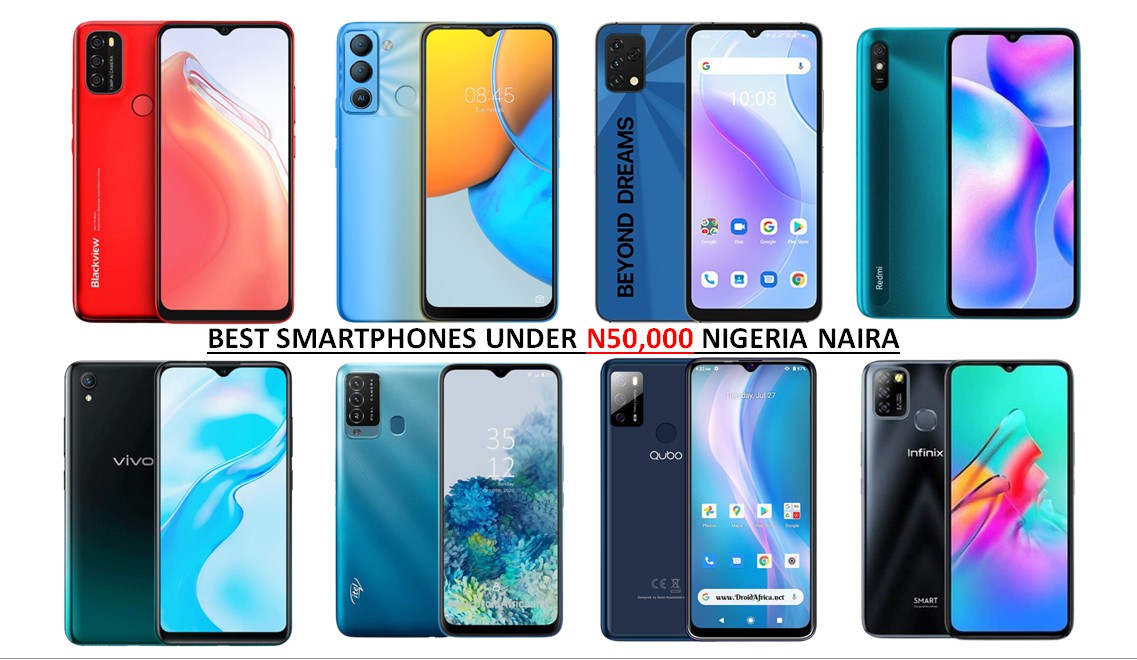In some of my previous articles, I have tried to explore reasons why a pre-owned, second-hand, or used mobile phone might be the best option for you. This article will be something similar. We’ll be looking at some of the top 10 things to consider when buying a used smartphone.
So whether you’re a seasoned bargain hunter or just dipping your toes into the pre-owned market, these 10 detailed tips will equip you with the knowledge you need to make a smart purchase decision.
Ten (10) Tips to Consider When Buying a Pre-owned or Used Smartphone
1. Inspecting Physical Condition:
Take a close look at the phone’s exterior for any signs of wear and tear. Scratches, dents, or cracks can indicate rough handling and potential issues down the line. Pay special attention to the corners and edges, as they’re often prone to damage.
2. Verifying Display Authenticity:
Counterfeit or third-party displays are a common concern in the second-hand market. Look for abnormalities such as uneven lighting or discoloration along the edges, which could indicate a non-original screen. Authenticity is crucial for optimal performance and longevity.
3. Testing Mic and Speaker Quality
Don’t forget to assess the audio capabilities of the device. Record a sample audio clip and play it back to evaluate the mic and speaker quality. Ensure clear sound reproduction without any distortion or muffled audio.
4. Evaluating Battery Health
With non-removable lithium-ion batteries becoming standard in modern smartphones, assessing battery health is essential. Utilize device diagnostic apps to check the battery’s capacity and health status, ensuring it can hold a charge effectively.
5. Verifying IMEI Number:
The IMEI number serves as a unique identifier for every smartphone. Verify the IMEI number to confirm the device’s authenticity, warranty status, and purchase history. Online IMEI check services can provide additional insights into the phone’s background.
6. Consider Offline Markets:
While online platforms offer convenience, offline markets provide the opportunity for hands-on inspection and verification. Engage with sellers directly to assess the device’s condition and authenticity before making a purchase.
7. Testing Sensors and Functions:
Ensure all sensors and functionalities are in working order. Test features such as proximity sensors, gyroscopes, and fingerprint scanners to detect any potential issues that may impact the device’s performance.
8. Choosing Reputable Platforms or Offline Outlet:
When shopping online, prioritize reputable platforms with strict quality control measures and seller verification processes. Also, when buying offline, prioritize stores than road-side phone dealers. Always avoid deals that seem too good to be true, as they may indicate counterfeit products or fraudulent sellers.
9. Request Documentation:
Request relevant documentation, such as purchase receipts or warranty cards, from the seller. While not always available, these documents can provide reassurance regarding the phone’s ownership and warranty coverage. Apply caution if these documents, especially receipt, are not available.
10. Prioritizing Trusted Sources:
When purchasing from acquaintances or friends, prioritize trust and transparency. Establish clear communication regarding the phone’s history, condition, and any associated risks to ensure a smooth transaction.
Conclusion:
With these 10 detailed tips, you’re should be ready to navigate the second-hand smartphone market with confidence. Remember to prioritize authenticity, functionality, and transparency throughout the buying process.
With careful consideration and thorough inspection, you’ll find the perfect pre-owned smartphone that meets your needs and budget. You can begin with my article on the top 5 best older Samsung flagship smartphones to buy instead of midrange / entry-level offers.



